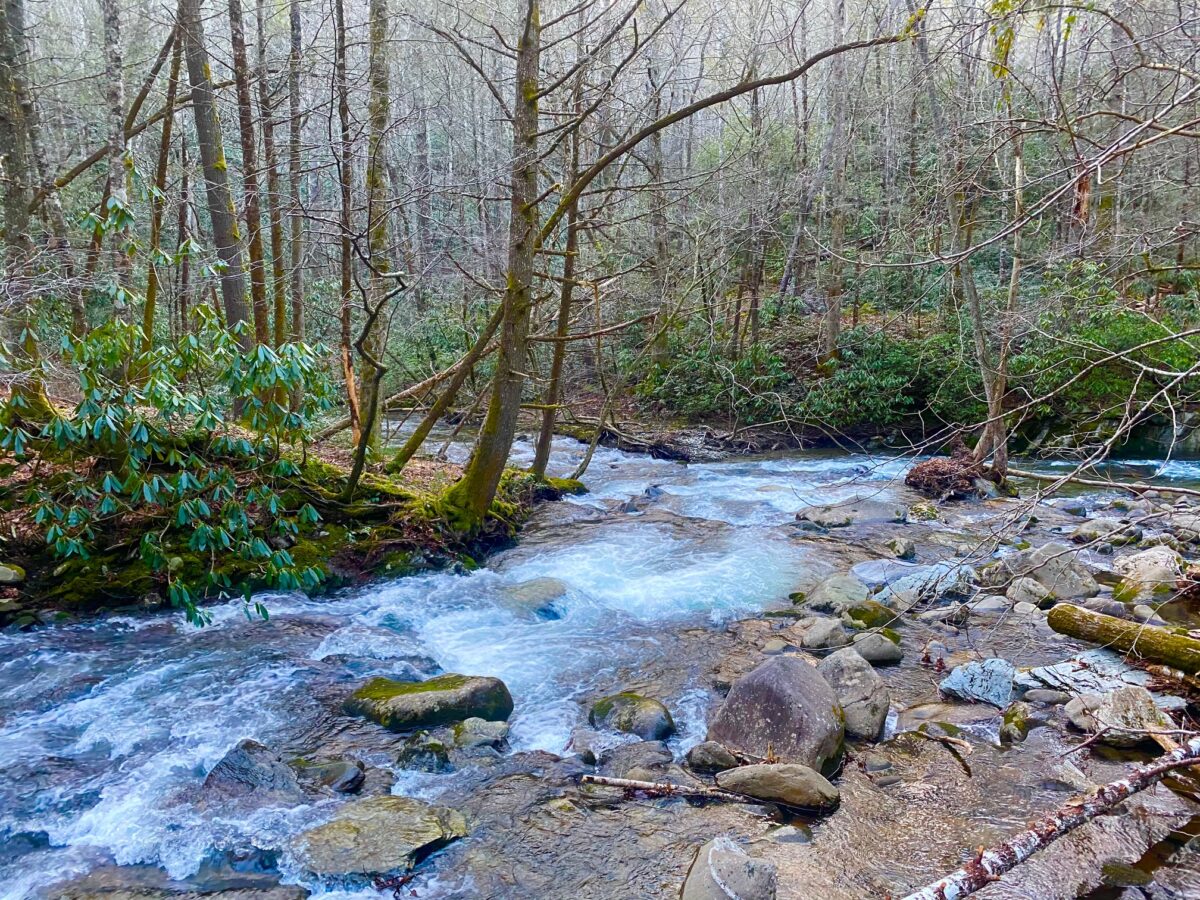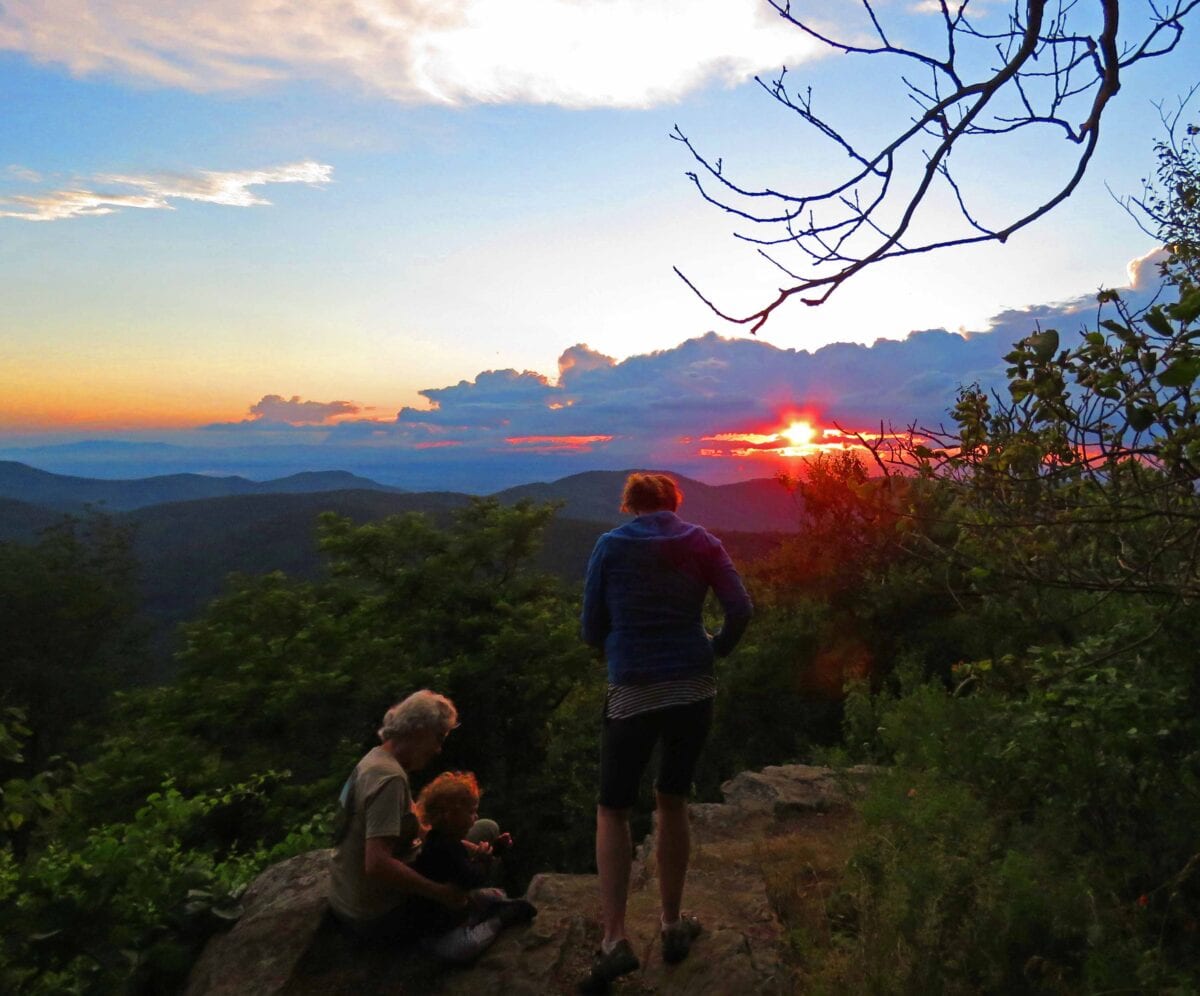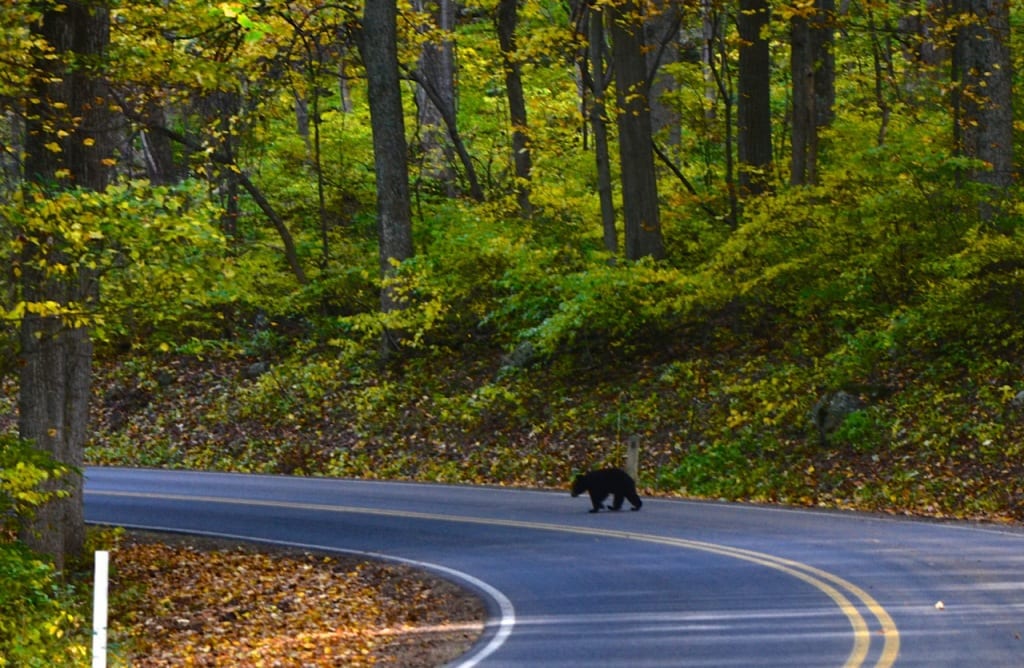
National Park Service rangers and volunteers in the Greenbelt, Maryland, Labor Day Parade: Glynn Wilson
Staff Report –
WASHINGTON, D.C. — While the American public appears to be divided on political issues these days and sometimes disagree on the role of government, there is one federal program most people love no matter what political party they vote for at election time: National Parks.
Documentary filmmaker Ken Burns called this “America’s best idea,” and we consider it at least in the top five, along with representative democracy, checks and balances, an independent judiciary and a free press.
The National Park Service, an agency under the U.S. Department of the Interior with park rangers and their iconic ranger hat, is a special institution and an American invention that has spread all over the world in the past century, leading to the protection of special lands, species and places across the globe.
But sometimes funding to staff and maintain the national parks can be controversial in Washington, so to justify not only the conservation mission of the parks but also the economic impact they have on communities, an annual report is produced to show just how the parks benefit the national and local economies and produce jobs. The annual peer-reviewed economics report is prepared by economists from the National Park Service.
That report was recently released and shows that for the fiscal year 2022, a year that saw the national emergency over the Covid-19 pandemic ease up, that the economic impact of the parks reached a record high $50.3 billion to benefit to the nation’s economy and supported 378,400 jobs.
“At the Interior Department, we understand that nature is essential to the health, well-being and prosperity of every family and every community in America. But outdoor recreation is not just good for the soul, it’s a significant driver of our national and local economies and job sustainability,” Interior Secretary Deb Haaland said in making the announcement.
“When people visit one of our amazing parks, they are contributing to the community around them,” she said. “That’s why our administration is working so hard through President Biden’s Investing in America agenda to provide resources to the National Park System for critical infrastructure and maintenance needs.”
About 312 million visitors spent $23.9 billion in communities within 60 miles of a national park. Of the 378,400 jobs supported by visitor spending, 314,600 jobs were in park gateway communities.
“Since 1916, the National Park Service has been entrusted with the care of our national parks,” said National Park Service Director Chuck Sams. “With the help of volunteers and partners, we safeguard these special places and share their stories with more than 300 million visitors every year. The impact of tourism to national parks is undeniable: bringing jobs and revenue to communities in every state in the country and making national parks an essential driver to the national economy.”
Annual appropriations for the NPS totaled $3.3 billion in fiscal year 2022, effectively turning a $1 investment in national parks into a more than $10 boost to the nation’s economy.
The latest report is informed by new socioeconomic monitoring survey data, which greatly increases the accuracy of spending estimates for each park and helps the National Park Service learn more about park visitors. This advanced monitoring also delivers a more accurate estimate of the economic contributions of parks to communities.
More than 20,000 National Park Service employees care for America’s 425 national parks and work with communities across the nation to help preserve local history and create close-to-home recreational opportunities.
New Funding
When I received this report in an email press release, I also asked for an assessment of the latest trends in staffing and maintenance in the parks as a followup to a story we produced back in December of 2022.
For years the Park Service had suffered from funding and staff shortages due to budget shortfalls during the administrations of Democrats and Republicans.
This is the information we received from the national public affairs office.
“Funding from the Great American Outdoors Act, the Bipartisan Infrastructure Law, and the Inflation Reduction Act has enabled the National Park Service to address many long needed, large-scale infrastructure repair or replacement projects,” said Dave Barak, a Public Affairs specialist with the National Park Service.
Line-Item Construction and recreation fee receipts are among additional funding sources for deferred maintenance and repair projects.
Supported by revenue from energy development, the Great American Outdoors Act National Parks and Public Land Legacy Restoration Fund provides the National Park Service with up to $1.3 billion per year, through 2025 when its authority expires, to address extensive maintenance and repair needs in national parks and improve visitor opportunities for recreation, relaxation, education and enjoyment. Thus far, $3.9 billion has been authorized for over 100 large-scale projects that address $2.5 billion in deferred maintenance and repair needs and $1.8 billion has been obligated. Closed projects funded by LRF have already addressed $12.6 million in deferred maintenance and repairs.
LRF provides the National Park Service with the ability to fund large projects that would otherwise take several years to accomplish via existing discretionary fund sources. It also enables those other funding sources to address additional needs. For instance, in FY23, the NPS expects to award contracts for 16 Line-Item Construction project components addressing approximately $157 million in deferred maintenance and repairs.
NPS has received $500 million from Inflation Reduction Act investments to support staffing needs at parks across the country. In addition, NPS is in the process of finalizing a complete list of projects supporting conservation, resilience and habitat and ecosystem restoration projects to protect park lands and resources.
“The combination of these funding sources provides an extraordinary opportunity for crucial investments in national parks that address key climate and environmental threats, upgrade trails, roads and buildings, support local economies, and incorporate partnerships,” Barak said. “The funding helps protect and preserve historical, natural, recreational and educational features in national parks for the use and enjoyment of current and future visitors.”
The NPS has extensive preventive and recurring maintenance needs resulting from aging infrastructure and heavy use which often exceeds the capacity for which it was designed. This website contains more information about the $22.3 billion in NPS deferred maintenance and repair needs. There are also fact sheets with deferred maintenance and repair information for individual parks and states.
Inflation Reduction Act Restoration and Resilience Project List
Ecosystem Restoration Investments under the Bipartisan Infrastructure Law
National Capital Region Deferred Maintenance and Repairs by Park and Asset Category
Learn more about the Economics of the parks here.
More Photos from National Parks

These Lotus flowers in the ponds of Kenilworth Park and Aquatic Gardens are from famous Lotus seeds germinated in the 1950s after being under a dry lake bed in China for 800 years, according to the National Park Service: Glynn Wilson

An American Raven [Corvus corax] hitting the tourists up for food in a picnic area in Yellowstone National Park: Glynn Wilson

Looking west from Hogback Overlook, Skyline Drive, Shenandoah National Park, Summer 2021: Glynn Wilson

Taking a break by a babbling brook on a winter Sunday afternoon in Cades Cove, Great Smoky Mountains National Park: Glynn Wilson

A cabin surrounded by peak fall color in Shenandoah National Park in the group area of Mathews Arm Campground, Autumn 2020: Glynn Wilson

Visitors to Shenandoah National Park enjoy a summer sunset view along the Appalachian Trail by Loft Mountain Campground, Sunday, July 12, 2020: Glynn Wilson

A summer sunset view from the Appalachian Trail by the Loft Mountain Campground in Shenandoah National Park, Sunday, July 12, 2020: Glynn Wilson

A large white-tailed deer buck in the Greenbelt National Park Sweetgum field in Autumn: Glynn Wilson

A doe hiding in the woods along the Story of the Forest Trail by the Big Meadows Campground in Shenandoah National Park: Glynn Wilson
___
If you support truth in reporting with no paywall, and fearless writing with no popup ads or sponsored content, consider making a contribution today with GoFundMe or Patreon or PayPal. We just tell it like it is, no sensational clickbait or pretentious BS.















